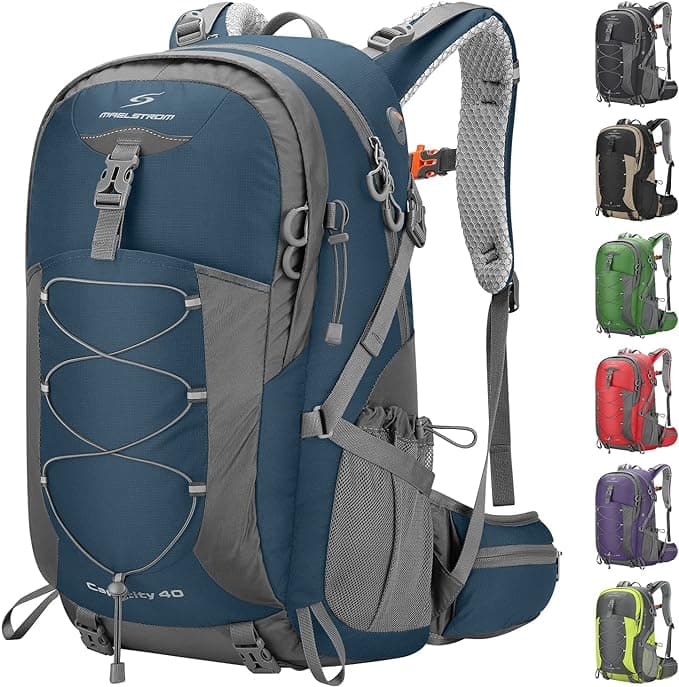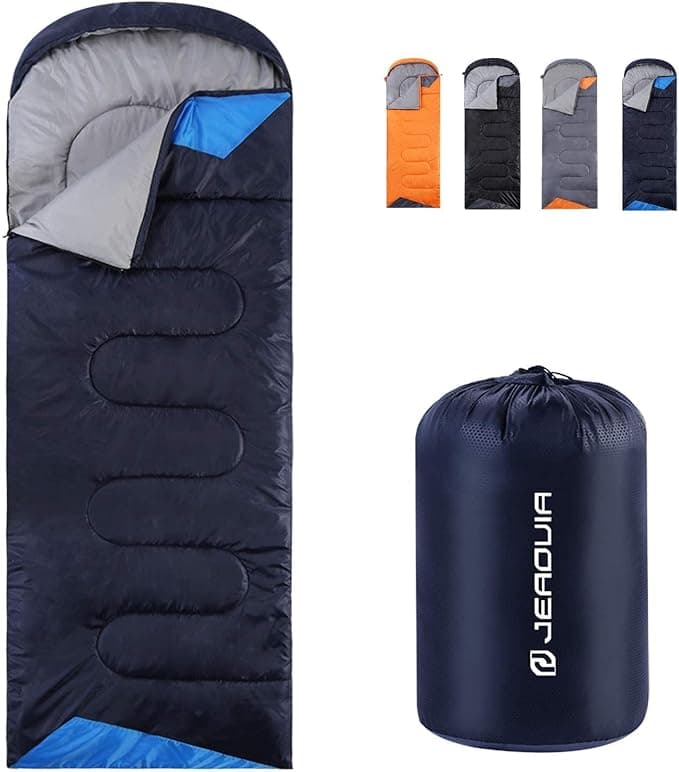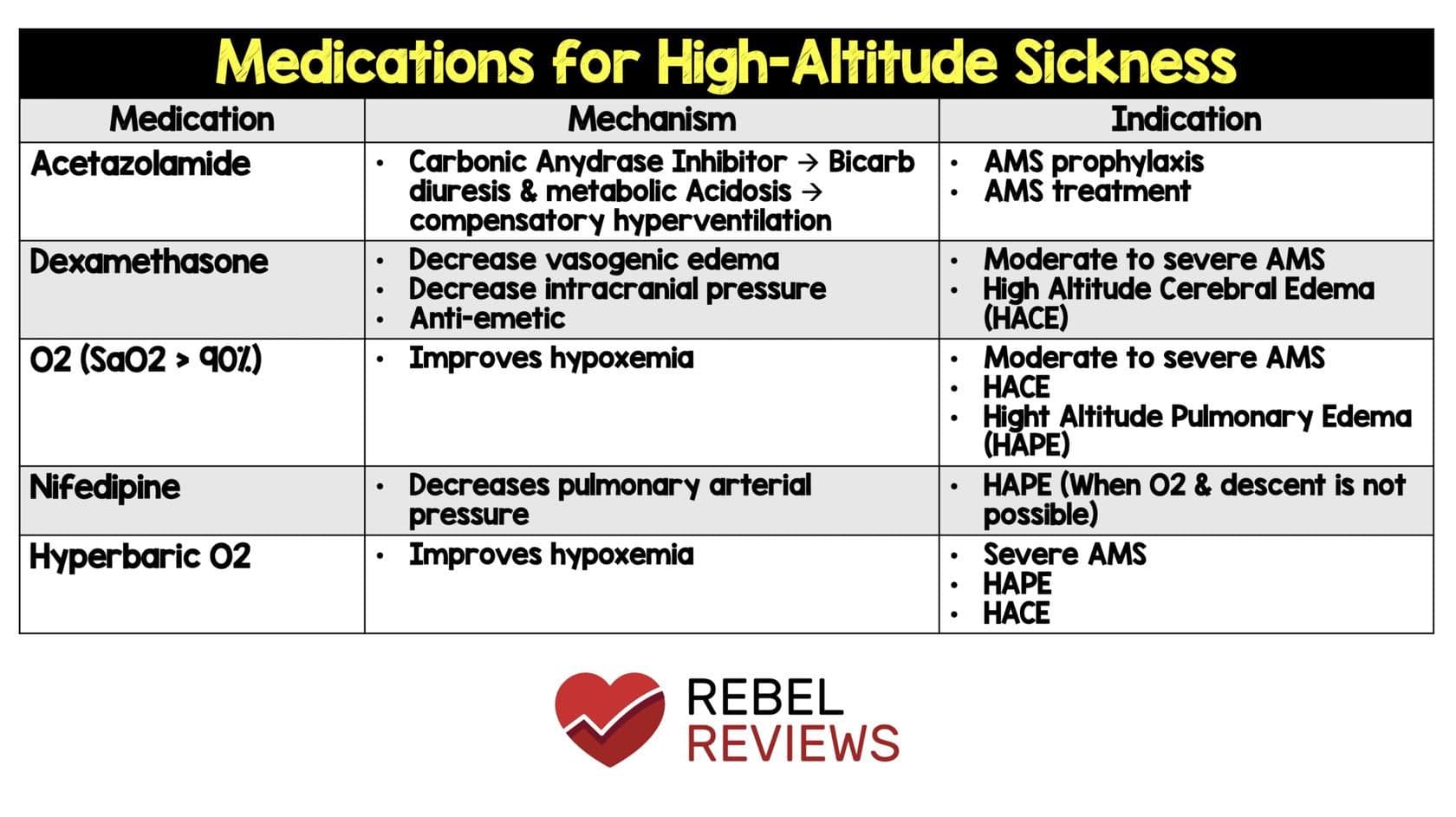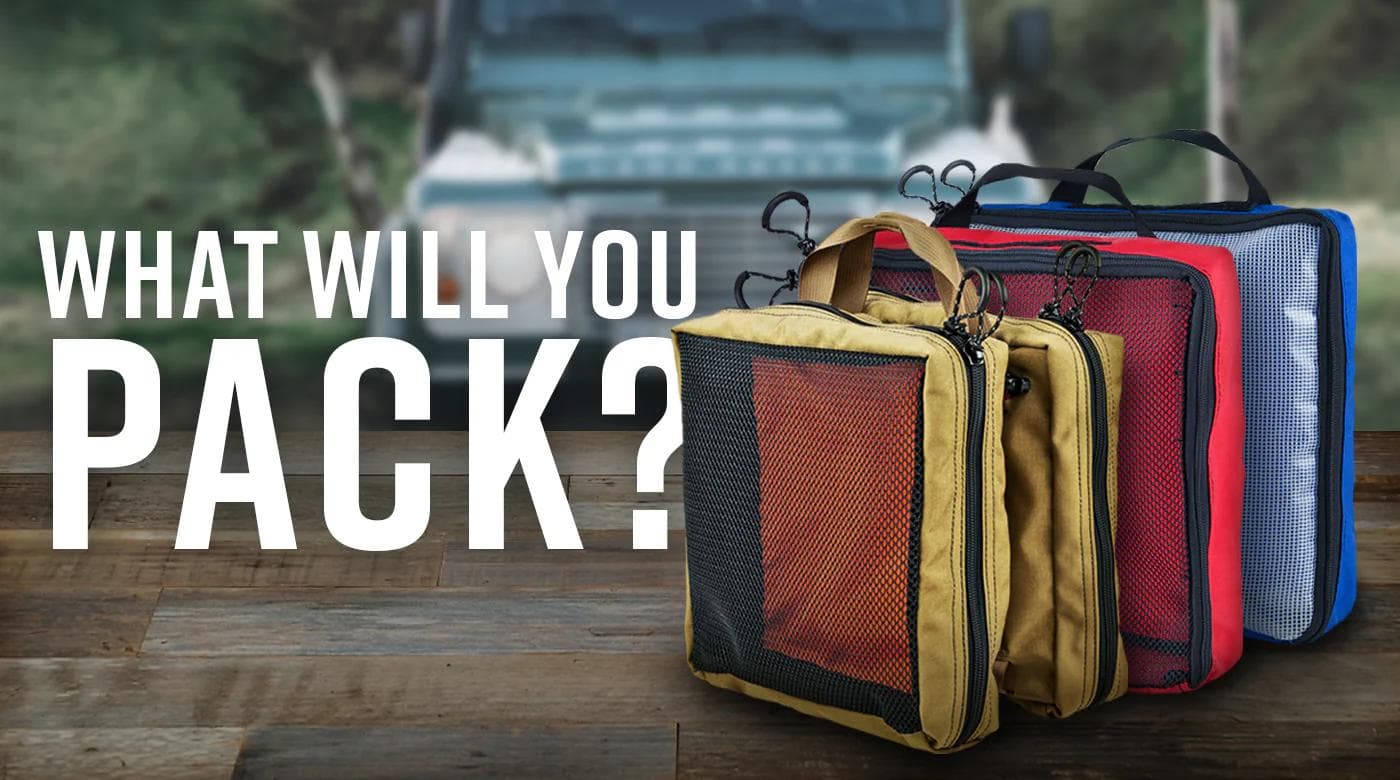
Essential Kilimanjaro Packing Guide
April 3, 2024
Afrishare Trekking & Safaris
Ensure your Kilimanjaro trek is a success with our Essential Kilimanjaro Packing Guide! Everything you need, right at your fingertips
Welcome to Your Kilimanjaro Adventure
Embarking on a journey to conquer Kilimanjaro is an exhilarating endeavor that promises breathtaking views and unforgettable experiences. As you prepare for this epic adventure, one of the most crucial aspects to consider is your packing. Packing right can make all the difference between a smooth, enjoyable trek and a challenging ordeal. In this comprehensive guide, we'll delve into the essential items you need to pack for your Kilimanjaro expedition, ensuring you're fully prepared for the journey ahead.

Importance of Packing Right
Heading off on a trek up Kilimanjaro can be a transformative experience, but it all begins with packing correctly. The right gear can make or break your adventure, so here’s why packing for Kilimanjaro deserves your full attention:
- Coping with Climatic Variability: Kilimanjaro throws a myriad of weather conditions at its climbers. From the intense equatorial sun at the base to the biting cold of the high altitudes, having the appropriate clothing and gear ensures you remain comfortable and can fully enjoy each segment of your journey without distress.
- Limited Access to Supplies: Once you start your ascent, the opportunities to pick up any forgotten items will be few and far between. Packing strategically not only helps you carry what's essential but also keeps your load light and manageable. This way, you’re not wasting energy lugging around unnecessary weight.
- Enhancing the Trekking Experience: With the right items securely packed, you can set aside any worries about being unprepared and instead immerse yourself in the natural beauty around you. Proper packing allows you to focus on the breathtaking views and the unique experience of climbing one of the world’s most famous mountains, rather than stressing over what you might have left behind.
Packing effectively for Kilimanjaro isn’t just about comfort—it’s crucial for your safety and enjoyment. By prioritizing what you bring along, you ensure that your focus remains on the awe-inspiring landscapes and the thrill of the ascent, making your trek an unforgettable one.

Choosing the Right Backpack
Packing smart for your Kilimanjaro expedition starts with one crucial piece: the backpack. It's not just about throwing things into a bag—it's about choosing a backpack that brings comfort and functionality to your trek. Here's how to pick the perfect pack:

- Fit and Comfort: Your backpack should feel like a part of you. It needs to be snug against your back, with adjustable straps that allow you to customize the fit for your body shape and size. This ensures even weight distribution, crucial for avoiding shoulder and back strain during your climb.
- Capacity and Bulk: Consider how much you’ll need to carry. Your backpack should have enough room for all your essentials but be wary of choosing one that’s too large, which can become cumbersome and heavy. The right size will let you carry what you need without tipping the scales.
- Support Features: For those long ascents and descents, padded shoulder straps and hip belts are indispensable. They provide extra support and help alleviate pressure on your body, making your journey more comfortable.
- Compartmentalization and Accessibility: A backpack with multiple compartments and external attachment points makes organizing gear effortless. This means you can access items like water bottles, snacks, or your rain jacket quickly, without having to dig through everything.
- Weather-Proofing and Hydration: Kilimanjaro’s varying climates demand protection for your belongings. Choose a backpack with a rain cover or a built-in hydration system to ensure your items stay dry and you stay hydrated throughout your adventure.

Choosing the right backpack can elevate your Kilimanjaro experience from good to great. It’s about balancing the load, ensuring comfort, and preparing for the elements, so you can focus on the journey and the breathtaking views.
Clothing Essentials
Tackling Kilimanjaro means preparing for a full spectrum of weather conditions, and the secret to your comfort lies in mastering the art of layering. This technique not only keeps you warm and dry but also gives you the flexibility to adapt as temperatures change throughout your climb. Here's how to layer effectively and the essential clothing items to pack:
- Base Layer: Start with a moisture-wicking base layer. This is critical as it pulls sweat away from your skin, helping to keep you dry and comfortable. Opt for materials like merino wool or synthetic fibers that are designed for thermal regulation.

- Insulation Layer: Next, add insulating layers such as fleece or lightweight down jackets. These layers are your main source of warmth, trapping heat close to your body. Consider the thickness based on the expected weather conditions and your own body’s response to cold.

- Outer Shell: Cap it all off with a waterproof and windproof outer shell. This layer is your defense against the harsh elements of rain, snow, and wind. Make sure it’s breathable to allow moisture from your body to escape, ensuring you stay dry from both inside and out.

Essential Clothing for Kilimanjaro:
Thermal Wear: Include moisture-wicking t-shirts and long-sleeved shirts, along with thermal underwear for colder conditions.

Mid Layers: Pack fleece jackets or sweaters that offer warmth without excessive bulk.

Protection Layers: Waterproof and breathable pants, along with an insulated down jacket and a robust outer shell jacket, are must-haves.

Accessories: Don’t forget a wide-brimmed hat or beanie, gloves or mittens, and a neck gaiter or scarf to protect and insulate your extremities.

Properly layering your clothing ensures that you can enjoy your journey to the summit of Kilimanjaro with comfort and ease. By adjusting layers as needed, you’ll be well-equipped to handle whatever conditions the mountain throws your way, letting you focus more on the experience and less on the cold.
Footwear Selection
Setting foot on Kilimanjaro begins with selecting the right footwear, an essential element that can significantly impact your hiking experience. Whether you opt for boots or shoes, the key is finding a pair that will support and protect your feet over diverse terrains. Here’s how to choose wisely and keep your feet in tip-top shape throughout your trek:
Boots vs. Shoes: Boots offer robust ankle support and superior protection against rough terrain, making them ideal for those who value stability and safety. On the other hand, hiking shoes or trail runners are lighter and more flexible, preferred by trekkers looking for speed and comfort. Evaluate your personal comfort, the nature of the terrain, and your hiking style to decide which suits you best.

Fit and Break-In: Regardless of the type—boot or shoe—ensure your choice is well-fitted, broken in, and capable of providing ample traction to handle Kilimanjaro’s varied paths. Ill-fitting shoes lead to discomfort and potential injuries, so give new footwear a trial run on similar terrains before your actual trek.

Socks Matter: The right socks are just as crucial as the correct shoes. Opt for moisture-wicking materials like merino wool or specialized synthetic blends designed to keep feet dry and at a comfortable temperature. These materials help prevent blisters and reduce the risk of foot irritation.

Layer and Spare: Consider double-layering with a thin liner sock under your primary hiking socks for extra cushioning and protection against blisters. Always pack extra pairs of socks to switch into during breaks or when your feet get wet. Fresh socks are essential for maintaining foot health and comfort on long treks.
Choosing the right footwear and socks isn't just about comfort; it's about ensuring your feet can carry you to the summit and back with ease. With the right gear, your focus can remain on the breathtaking views and the thrill of the climb, rather than on where you step next.
Gear and Equipment
Embarking on a trek up Kilimanjaro means preparing with the right gear to enhance your experience and comfort throughout the journey. From ensuring you get a restful night's sleep to deciding whether to use trekking poles, each piece of equipment plays a pivotal role. Let’s dive into the essentials:
Choosing the Right Sleeping Bag: To recharge after a long day’s trek, a high-quality sleeping bag is indispensable. Look for one that’s not only lightweight and easy to compress but also designed for the freezing temperatures you'll face at higher altitudes. Make sure the sleeping bag has an adequate temperature rating and pair it with a sleeping pad to insulate you from the cold ground.

The Advantage of Trekking Poles: Trekking poles aren't mandatory but can significantly enhance your stability and reduce the strain on your joints, especially during challenging parts of your climb. Opt for poles that are adjustable and lightweight, making them easy to adapt to your height and the terrain. It’s also a good idea to practice with them beforehand to ensure you’re comfortable using them on varied terrains.

Your gear and equipment are more than mere accessories; they are crucial components that contribute to the success of your Kilimanjaro adventure. By selecting the right sleeping setup and considering the benefits of trekking poles, you’re setting yourself up for a more enjoyable and efficient climb. Remember, the right tools can make all the difference in how you experience the mountain’s majestic beauty.
Essential Accessories
Embarking on a Kilimanjaro trek requires careful consideration of accessories that will protect you from the elements and enhance your comfort on the mountain. From headwear to sunglasses, selecting the right items can make a significant difference in your overall experience. Here's what you need to pack to stay protected and comfortable:
Versatile Headwear: The right headwear is crucial for guarding against various weather conditions. A wide-brimmed hat or cap with a neck flap is essential for shielding your face and neck from the sun's harmful rays. For colder conditions, a lightweight beanie or buff will keep your head warm. Additionally, consider a baseball cap or visor for sunny days, and don't forget a bandana or scarf, which can serve multiple purposes like a headband, sweatband, or dust mask.

High-Altitude Sunglasses: At high altitudes, the sun’s rays can be particularly harsh. Protect your eyes with sunglasses that offer 100% UV protection and feature polarized lenses to reduce glare and improve visibility, especially on snowy or icy paths. Opt for wraparound frames with side shields to block peripheral light and protect against wind, ensuring your eyes are safe and you have optimal vision throughout your adventure.

Accessorizing correctly for your Kilimanjaro trek is not just about style; it's about ensuring maximum protection against the sun, wind, and cold. With the right headwear and sunglasses, you'll be better equipped to focus on the stunning landscapes and the exhilarating challenge of reaching the summit. Remember, a little preparation goes a long way in making your climb both safe and enjoyable.
Health and Safety Essentials
First Aid Kit: Addressing Common Ailments
A well-stocked first aid kit is indispensable for managing minor injuries, illnesses, and ailments during your Kilimanjaro trek. Your first aid kit should include essential items such as adhesive bandages, blister pads, antiseptic wipes, gauze pads, medical tape, tweezers, scissors, pain relievers, antihistamines, and diarrhea medication. Additionally, consider packing personal medications and prescription drugs, along with a basic medical manual or guidebook for reference. Keep your first aid

kit easily accessible in your backpack and familiarize yourself with its contents and their proper use before embarking on the trek.
Medications: What to Bring and How to Pack Them
If you take any medications regularly or have specific medical conditions, it's essential to plan ahead and ensure you have an ample supply of medications for the duration of your Kilimanjaro trek. Consult with your healthcare provider before the trek to discuss any special considerations or precautions related to your medications and medical history. Pack your medications in their original containers, along with copies of your prescriptions and relevant medical documents. Consider bringing along over-the-counter remedies for common ailments such as altitude sickness, indigestion, and motion sickness, as well as any specialized medical equipment or supplies you may require.

Nutrition and Hydration
Snacks: Fueling Your Trek

Maintaining energy levels and staying properly fueled is crucial for sustaining endurance and performance during your Kilimanjaro trek. Pack a variety of lightweight and nutrient-dense snacks to munch on throughout the day, such as trail mix, energy bars, nuts, dried fruits, jerky, and chocolate. Aim for a balance of carbohydrates, protein, and healthy fats to provide sustained energy and prevent hunger cravings. Additionally, consider packing portable snacks that are easy to eat on the go and won't freeze or spoil in cold temperatures.
Hydration Systems: Staying Hydrated at Altitude
Staying hydrated is essential for preventing altitude-related illnesses and maintaining overall health and well-being during your Kilimanjaro trek. Carry an adequate supply of water with you at all times and drink regularly throughout the day to prevent dehydration. Consider using a hydration system such as a hydration bladder or water bottle with a built-in filter to make it easier to access and purify water on the mountain. Additionally, drink electrolyte-rich beverages or consume electrolyte tablets to replenish lost minerals and prevent electrolyte imbalances caused by sweating and exertion at high altitudes.

Packing Tips and Tricks
Packing Cubes: Organizing Your Gear
Packing your gear efficiently and staying organized can save you time and frustration during your Kilimanjaro trek. Consider using packing cubes or compression sacks to compartmentalize and compress your clothing and gear, making it easier to find items and maximize space in your backpack. Roll your clothes instead of folding them to save space and minimize wrinkles, and pack heavier items closer to your back and lighter items towards the top of your backpack to maintain balance and stability. Additionally, pack frequently used items in easy-to-reach compartments and keep essential items such as snacks, water, and sunscreen readily accessible.

Weight Distribution: Keeping Your Load Balanced
Distributing the weight of your pack evenly and balancing your load is essential for preventing strain on your back and shoulders and maintaining stability and comfort during your Kilimanjaro trek. Pack heavier items closer to your back and towards the middle of your backpack to minimize strain on your shoulders and maintain your center of gravity. Use compression straps and adjustable hip belts to secure your pack and distribute weight evenly across your hips, reducing pressure on your lower back and improving your posture. Additionally, periodically adjust the straps and load distribution throughout the trek to ensure optimal comfort and stability as you hike.
Documenting Your Journey
Camera Gear: Capturing the Moment
Preserving the memories of your Kilimanjaro trek is as important as the adventure itself, making camera gear an essential component of your packing list. Whether you prefer a smartphone, compact camera, or DSLR, make sure to pack a reliable camera with ample storage capacity and spare batteries to capture the stunning landscapes and memorable moments along the way. Consider bringing a variety of lenses or accessories such as a tripod, remote shutter release, or lens filters to enhance your photography and creativity. Additionally, protect your camera gear from dust, moisture, and extreme temperatures by storing it in a padded camera bag or protective case when not in use.

Journaling: Recording Your Memories
In addition to capturing photos, journaling is a meaningful way to document your experiences, emotions, and reflections during your Kilimanjaro trek. Bring along a lightweight notebook or journal and a pen to record your thoughts, observations, and insights along the journey. Take time each day to write about your adventures, encounters with wildlife, interactions with fellow trekkers, and personal reflections on the challenges and triumphs you experience. Not only will journaling help you preserve your memories for years to come, but it will also provide a valuable outlet for self-expression and introspection during your trek.
Final Checks and Preparations
Double-Checking Your Gear List
Before embarking on your Kilimanjaro trek, take the time to double-check your gear list and ensure you haven't overlooked any essential items. Lay out all your gear and clothing and go through each item systematically, checking off items as you pack them into your backpack. Pay special attention to critical items such as your passport, permits, trekking boots, and medications, making sure you have everything you need for a safe and successful trek. Additionally, review the weather forecast and any last-minute updates or advisories from your tour operator to make any necessary adjustments to your packing list or preparations.
Preparing Mentally for the Adventure
While physical preparation is essential for tackling Kilimanjaro, mental preparation is equally important for overcoming the challenges and uncertainties of the trek. Take time to visualize yourself succeeding and reaching the summit, focusing on your strengths, resilience, and determination to persevere through adversity. Practice positive self-talk and affirmations to boost your confidence and motivation, reminding yourself of your reasons for embarking on this epic adventure and the rewards that await you at the summit. Surround yourself with supportive friends, family, and fellow trekkers who share your passion for adventure and encourage you to push beyond your limits. Remember that while the journey to the top of Kilimanjaro may be physically demanding, the sense of accomplishment and awe-inspiring vistas that await you make it all worthwhile.
Conclusion
Ready to Conquer Kilimanjaro!
Armed with the knowledge and insights from this comprehensive packing guide, you're well-equipped to embark on your Kilimanjaro adventure with confidence and preparedness. By carefully selecting the right gear, clothing, and essentials, and implementing packing tips and tricks to optimize your load, you'll be primed for success and ready to tackle the challenges of the mountain. Whether you're a seasoned trekker or embarking on your first high-altitude adventure, the experience of summiting Kilimanjaro is sure to be an unforgettable journey of self-discovery, perseverance, and awe-inspiring beauty. So pack your bags, lace up your boots, and get ready to conquer Kilimanjaro – the adventure of a lifetime awaits!
